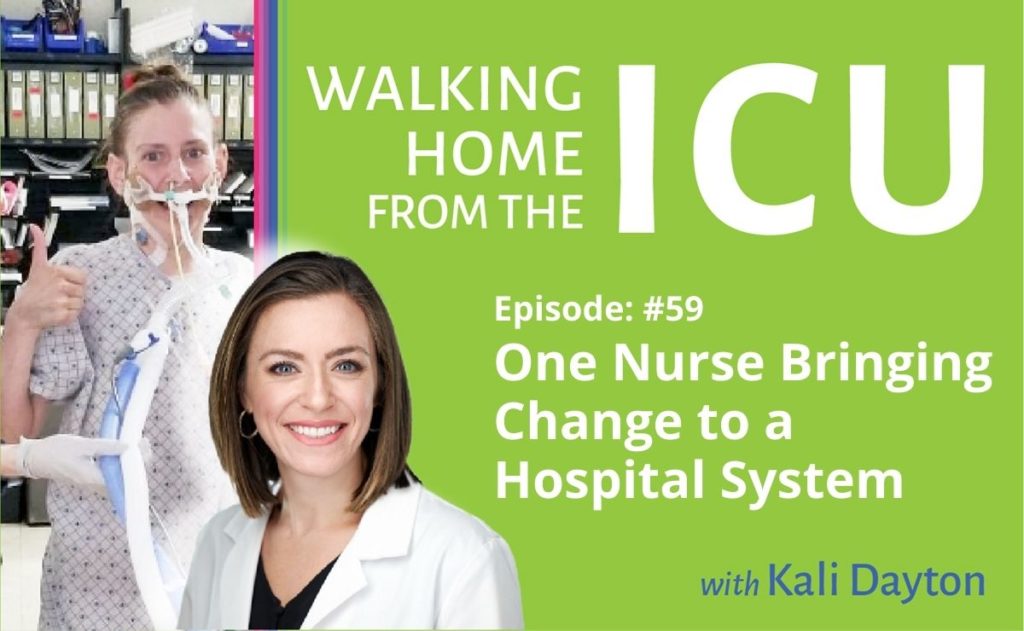
Walking Home From The ICU Episode 59: One Nurse Bringing Change to a Hospital System
How can one nurse make bring the change? What can happen when a team catches the vision? How can a team transition their culture from deep sedation and immobility to awake and walking? Nora tells us about igniting her team’s fire and the changes they are celebrating. Episode Transcription Kali Dayton 0:29 Hello, we’ve

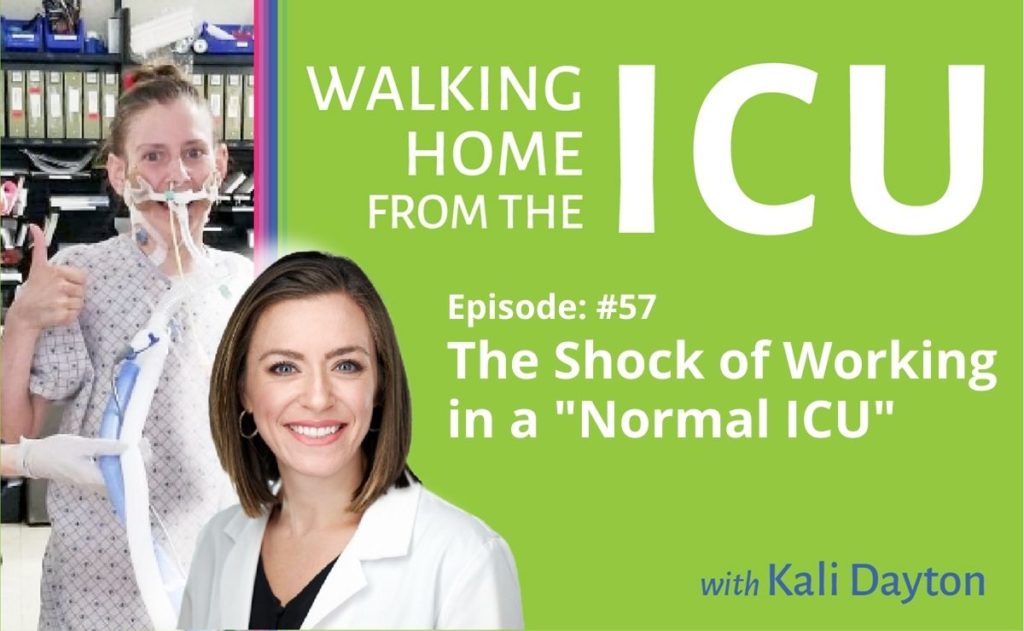
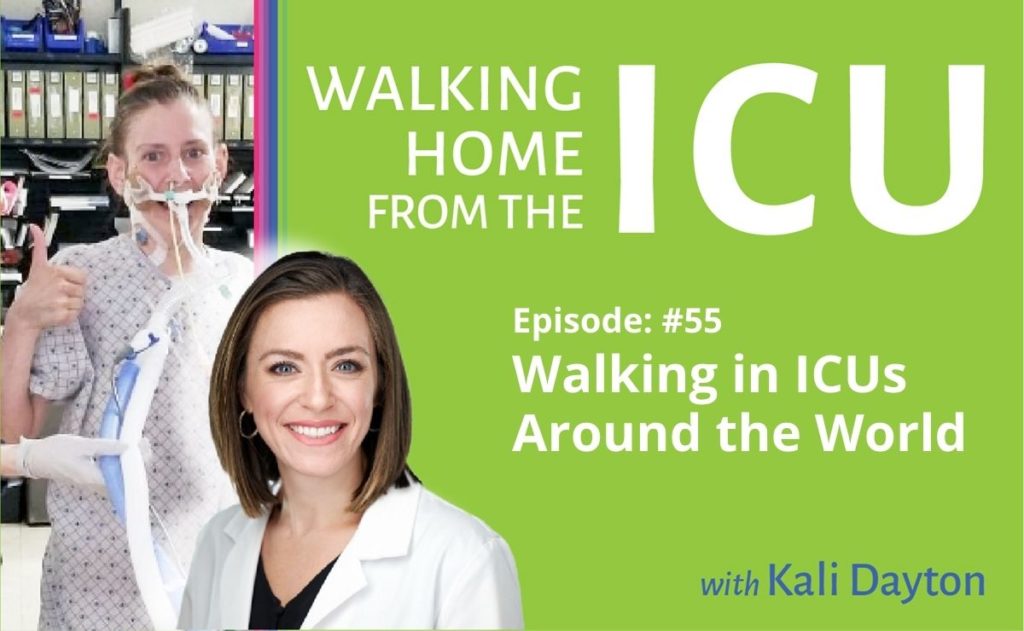

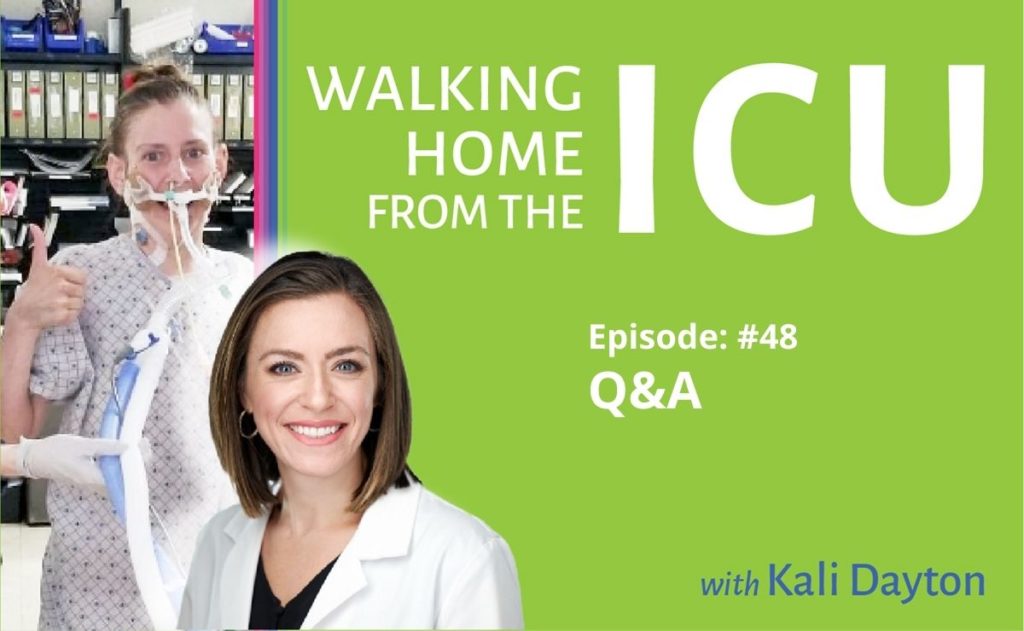
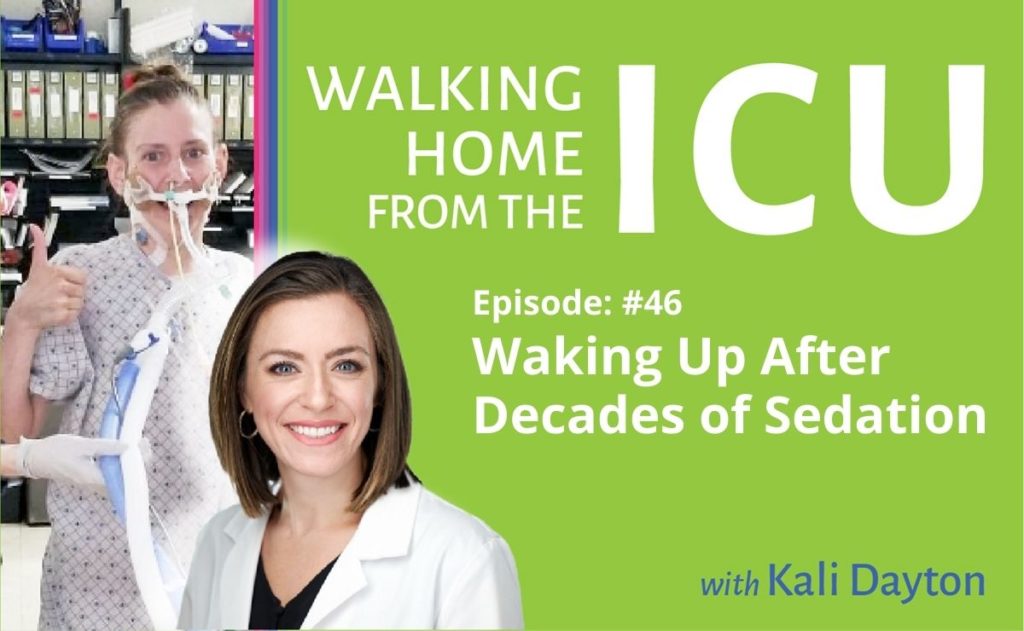
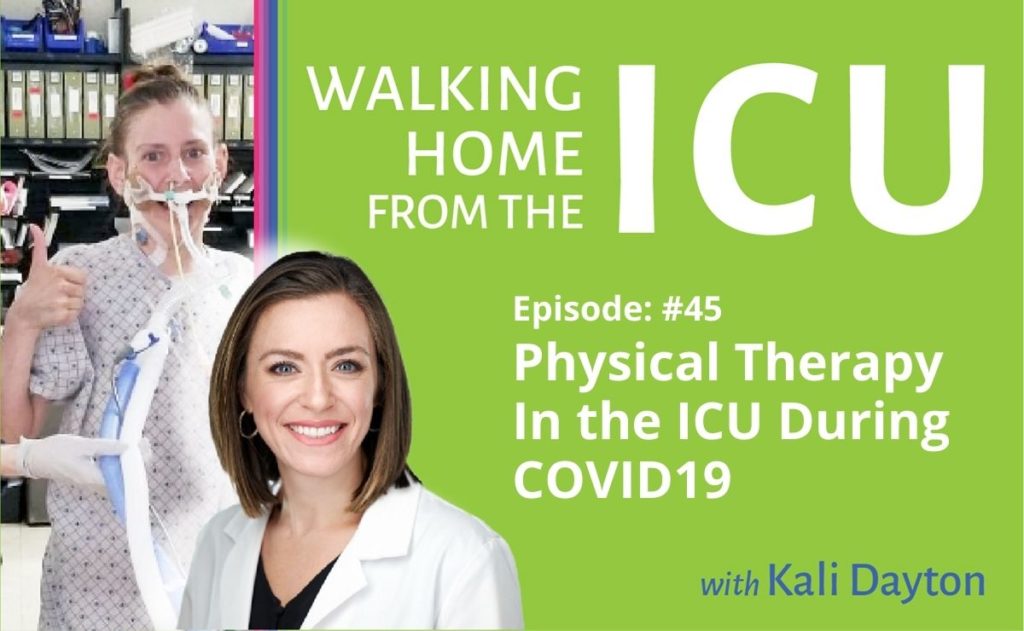
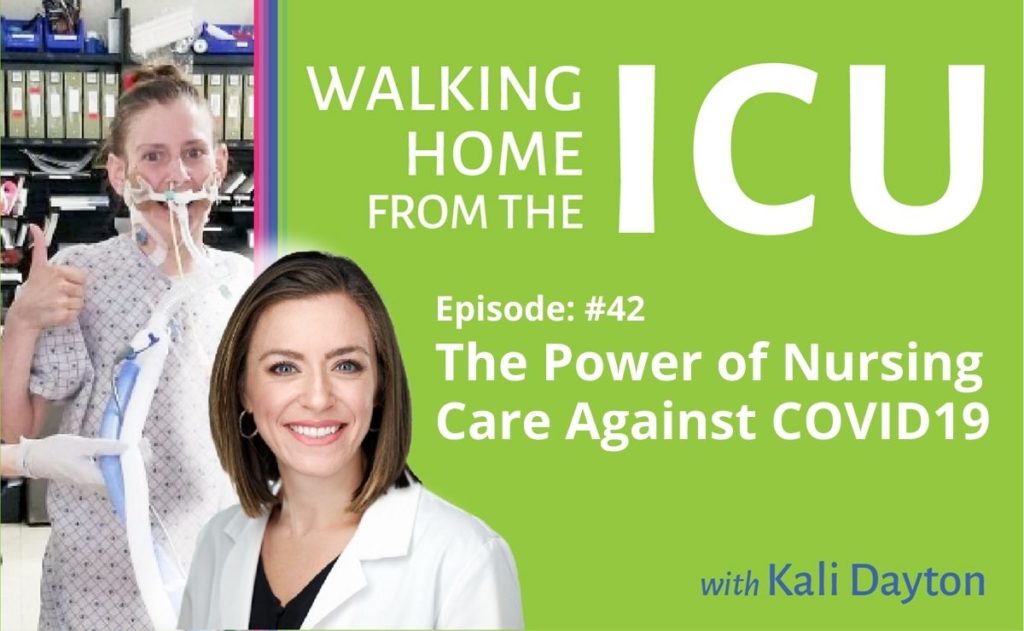


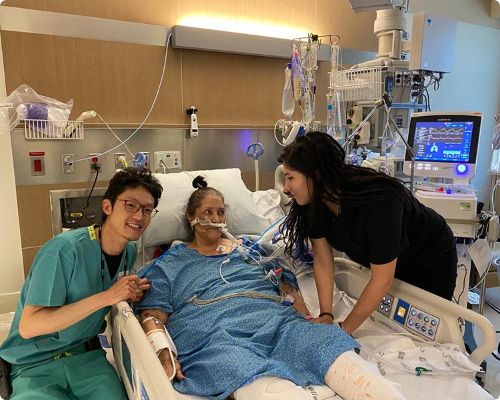 I stumbled upon Kali’s podcast midway through my anesthesia critical care fellowship in February 2021. At our institution, I got the impression that patients in the ICU either got better on their own or had a prolonged and complicated course to LTAC or death. In her podcast, Kali explained that LTAC was rarely the outcome for patients in the Awake and Walking ICU in Salt Lake City.
I stumbled upon Kali’s podcast midway through my anesthesia critical care fellowship in February 2021. At our institution, I got the impression that patients in the ICU either got better on their own or had a prolonged and complicated course to LTAC or death. In her podcast, Kali explained that LTAC was rarely the outcome for patients in the Awake and Walking ICU in Salt Lake City.
